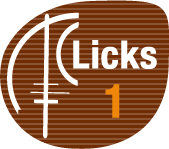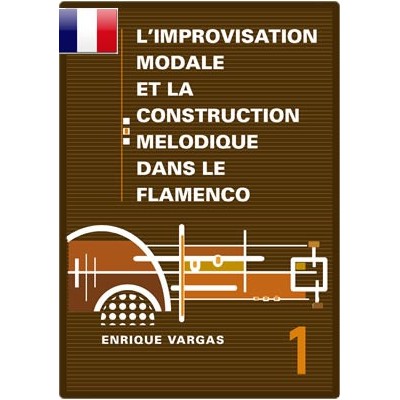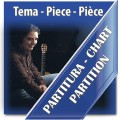Don't have an account?
Register NowProduct successfully added to your shopping cart
There are 0 items in your cart. There is 1 item in your cart.
Book 1: "Melodic and Harmonic Aspects of the Seven Basic Modes"
3 productsBy Enrique Vargas
The body of musicological literature on ethnic modes and their related harmony has been rather limited, and since Vincent Persichetti’s brilliant treatise “Twentieth Century Harmony, Creative Aspects and Practice” (W. W. Norton, 1961, New York, USA), modal music has mostly been kept on the back burner by music theoreticians, although it was alive and well in the world of jazz, particularly in the music of Miles Davis, John Coltrane and Dizzy Gillespie.
Due to afore mentioned factors, it would be necessary to explore the melodic and harmonic aspects of the seven basic Greek modes - Ionian, Dorian, Phrygian, Lydian, Mixolydian, Aeolian and Locrian, before delving into more complex, polytonal tetrachordal modal structures of flamenco, even if they aren’t bona fide flamenco modalities. Moreover, considering that an ample amount of scalar material will be explored, the general rules of left hand guitar fingerings would have to be established, to avoid possible confusion when interpreting the wealth of material offered in these volumes. The fingering rules are much easier to understand when using the seven basic Greek modes as an example.
The Book 1 of this series is written in four parts, dealing with all the melodic and harmonic aspects of the seven basic Greek modes:
Each lick of this book is recorded with harmonic accompaniment and bass, and can be listened to at AudioLicks.
Go to AudioLick 1
Book 1: "Melodic and Harmonic Aspects of the Seven Basic Modes"
Viewed products
Blog Archives
-
2014
-
2020










